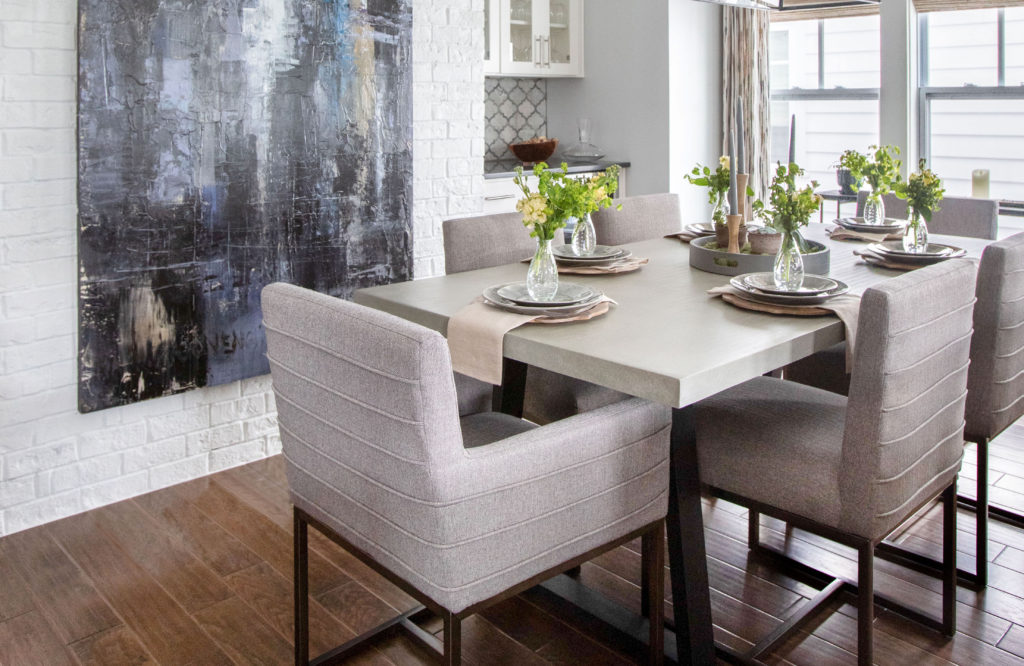Your forever home can live up to its name.Many people don’t consider how long they’ll be able to live comfortably in their forever homes until everyday activities start to become an issue: Stepping in and out of the shower might become dangerous Front steps can deter wheelchairs from entering your home Doorways might be too narrow for walkers and wheelchairs Deep pile carpeting could hinder (or falter under) the use of wheeled devices Additionally, homeowners looking to bring their aging parents into their own homes will find it necessary to account for these same accessibility concerns. Here’s how to best solve them…
|
ACCESSIBLE SPACES
Every entrance to your home, including access to outdoor living spaces, should be stair-free or at least provide a stair-less option. This can be as simple as designing a deck, porch, or patio that includes a ramp alongside any stairs, or it can be as complex as adding an interior elevator.
Curb-less and stair-less entrances will allow for anyone using a walker or wheelchair (or even a cane) to more safely navigate in and out of the home and enjoy a better quality of life.
 MAIN FLOOR AMENITIES
MAIN FLOOR AMENITIES
Standard kitchen countertop and cabinet heights might become an issue if you or another family member rely on a walker or wheelchair. Renovating a kitchen for those who wish to age in place includes adapting some or all countertops to accommodate wheelchair heights, same for any built-in desks or common furniture (think dining tables and breakfast nooks).
Living room seating with assisted lift features is another necessity for aging in place. While these pieces can be added later, the floor space allowances should be calculated into the overall floor plan of your room(s) ahead of time.
Lastly, the main suite of the home should be located on the first floor, complete with easy access to a curb-less shower and a laundry room.
 MOTORIZED & AUTOMATED
MOTORIZED & AUTOMATED
You might routinely draw the drapery, shades, or blinds in your home depending on the time of day or a specific privacy need. To ensure you and your family members can maintain this level of dignity for years to come, it’s wise to consider motorized or fully automated window treatments.
Nearly all custom window treatments can be designed with this accessibility in mind and should be standard for expansive or hard-to-reach windows, and perhaps even automated on a timer to open / close at certain times of day or to match the sunrise / sunset fluctuations of the seasons. Motorization can also be manually controlled through an app on your smart device, making it even easier to take full command over your home.



No comment yet, add your voice below!